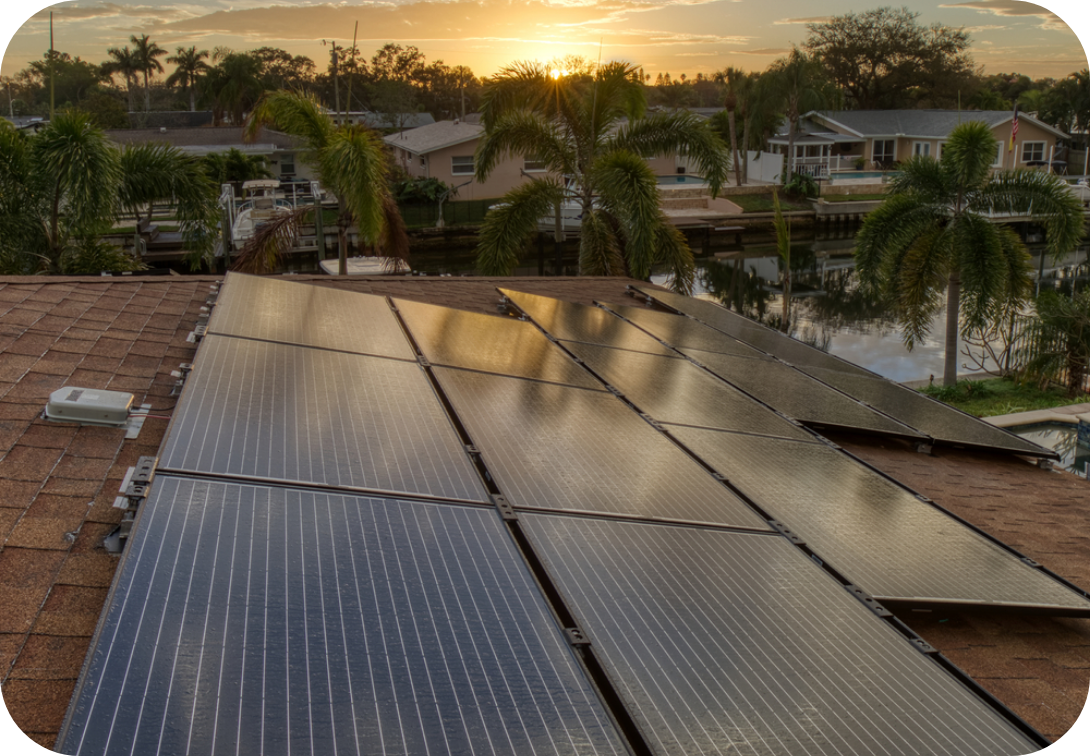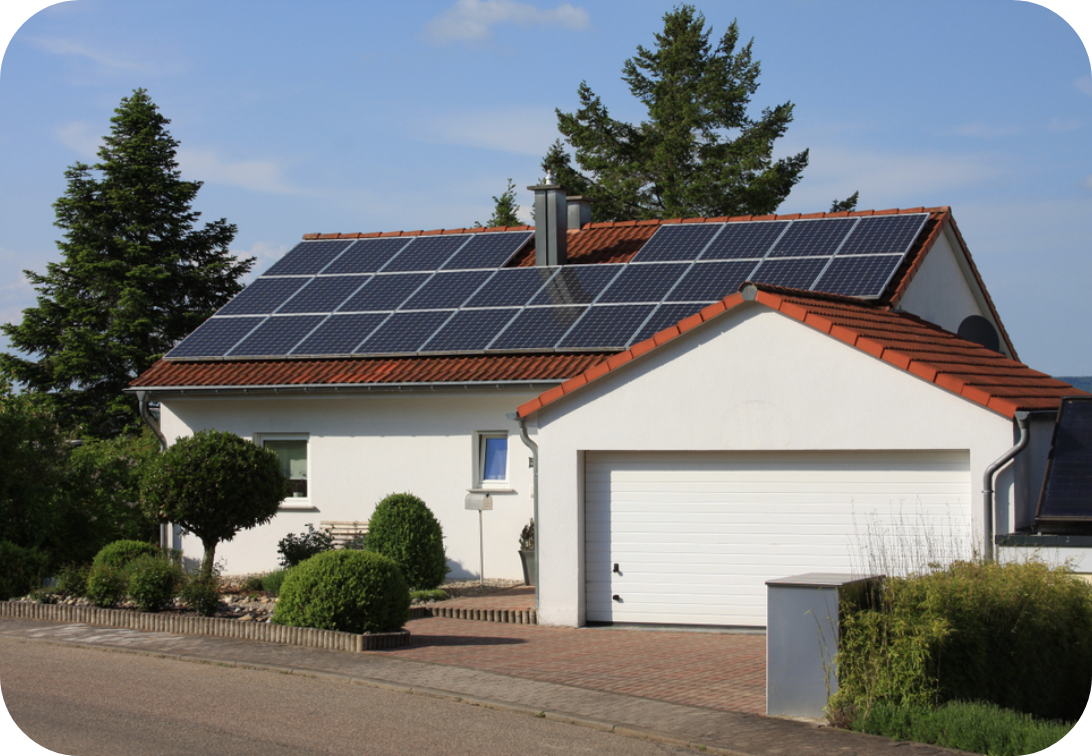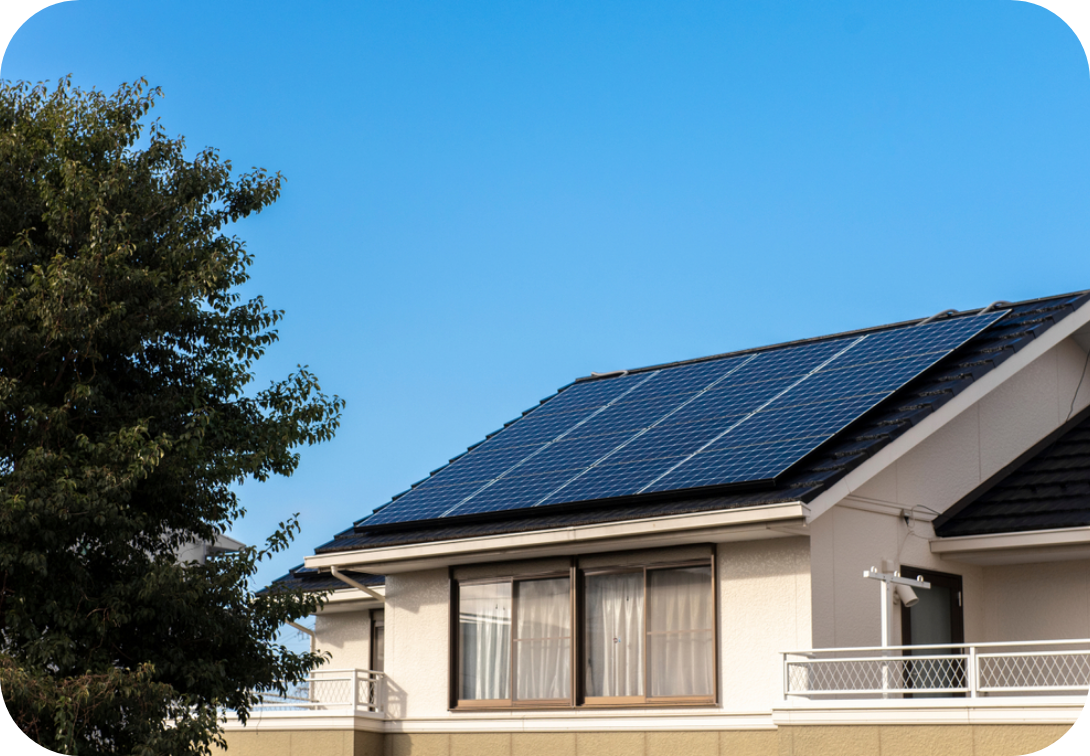How Many Solar Panels Do I Need?

Solar panels have grown in popularity over the last decade thanks to their environmental and cost-saving benefits. They let homeowners exchange traditional energy sources (that typically come from fossil fuels) for more natural sources. If you’re thinking about switching to solar, you may ask, “how many solar panels do I need?”
It turns out that the answer is a bit more complicated than a simple number. The best way to determine how many panels you need is to consult with a solar installation company. However, if you want to try calculating it yourself, we can help. We created this guide to help you with solar power calculations to determine how many panels it will take to power your home.
What Do You Need for Solar Power Calculations?
To calculate how many panels are needed to energize a house, you’ll need to know three key factors — annual electricity consumption, panel wattage, and estimated production ratios.

Annual Energy Consumption
The first step in the calculation is to determine your annual electricity usage — the amount of electricity your home consumes in a year. This is measured in kilowatt-hours (kWh) and should include every energy source in your home, such as appliances, lights, air conditioning units, and water heaters. According to the U.S. Energy Information Administration, the average American household uses 11,000 kWh of electricity annually.
Panel Wattage
The next step is determining the wattage of the panels you want to install. A panel’s wattage is the amount of electricity it emits. Solar panels typically range between 250 to 400 watts, so it’s safe to assume that the average panel wattage you’ll find is 300.
Estimated Production Ratios
The production ratio is a panel’s estimated power output over time (in kWh) to its size (in W). This is rarely a 1:1 ratio. The amount of sunlight your panels get will vary, and your production ratio will change in response.
For example, a system that’s 10 kW and produces 15 kWh of electricity per year has a production ratio of 1.5. In the U.S., production ratios are typically between 1.3 and 1.6.
Solar Panel Calculation Formula
Once you know your annual energy consumption, panel wattage, and production ratios, you can use the formula to calculate how many solar panels it takes to power a house. The formula is
Number of panels = System size/production ratio/panel wattage
So, if we use the numbers we mentioned above, the equation would be
Number of panels = 11,000 kW/1.5/300 W
The answer is 24.4, which means we would need 24 to 25 panels to power this home.

How Much Solar Do I Need?
Solar power calculations aren’t the only things to consider when determining how many PV solar panels it takes to power a house. Other factors include output efficiency, changes in electricity usage, home size, and sunlight hours.
How Many kWh Can My Solar Panels Produce?
Solar panels can’t extract the sun’s energy at full capacity all the time. There are days or weeks when rain or large snowfalls limit the amount of sunlight your panels receive. A solar provider will be able to account for your region’s weather and expected annual sunlight to size a system that fits your energy consumption.
How Many Solar Panels Do I Need for Specific System Sizes?
To determine the number of solar panels you need for a specific system, estimate your home’s annual energy consumption. If you have multiple large appliances or add-ons that require energy, your annual kWh requirements will be higher, impacting how many panels you’ll need. For example, you may need extra panels if you have an air conditioner or a heated driveway. Evaluate the energy impact of the products you own or want to use in your home.
Panel Size
Knowing the standard size of solar panels is beneficial to determine how many panels you can use on your roof. A residential 60-cell solar panel has an area of 17.62 square feet, and a commercial 72-cell solar panel has an area of 21.13 square feet. Solar installers will measure your roof to determine how many solar panels they can safely install.
Sunlight Hours
The amount of kWh your solar panels can produce depends on how much sunlight your panels receive. Factors like where you live and the time of year will determine how much sunlight your panels receive. No matter where you live in the U.S., you’ll still be able to produce enough power for your home. But if you live in an area with fewer sunny days, you’ll need a larger solar system with more panels. As a result, production ratios vary based on geography. A lower production ratio (due to less sunlight) means you’ll have to use more solar panels.
How Many Solar Panels Do I Need for Common Appliances?
Adding on certain appliances will drastically change your monthly power use and can significantly impact the number of panels you need. For example, charging your electric car with your solar system is great for saving on fuel costs and reducing emissions. However, be sure to plan for this addition, as it can increase the size of your system.
Your solar provider will help you size your system as precisely as possible based on your planned purchases. Ask yourself, “how many solar panels do I need to power my central air conditioner, refrigerator, and electric vehicle?” This will help you size your system as accurately as possible upfront.
Solar Panel Requirements For A Variety Of Home Appliances
Below are common household appliances and how many solar panels are required to power each one of them.
How Many Solar Panels Does The Average Home Need?
The average residential solar system consists of between 15 and 25 panels. However, the exact number of panels you’ll need to power your home depends on several factors, such as where you live, how much energy you use, and how much power your panels can generate.


How Much Roof Space is Needed for Solar Panels?
The size of your home and roof are also essential factors in determining how many panels you need. You can’t install more panels than your roof can fit. You may need to use smaller panels if you have a small house or an abnormally shaped roof. You can discuss system layouts with one of our solar installers to learn more about what will work for your roof.
Solar Panel Installation Based on Home Square Footage
Home size also can determine how much power you’ll need. Here’s a rough estimate of the number of panels you’ll need based on your home size.

Is Solar a Good Fit for Your Home?
To determine whether solar is a good fit for your home, you need to consider your electricity prices, energy consumption, and location. If you’re worried about the cost of home solar, the initial investment may be high, but it can pay for itself over time by reducing your utility bills.
The average payback period for solar panels is between five and twelve years. The range is so large because your solar payback period will depend on several factors, including
System Cost
Saving Over Time
Additional Variables
Use Axia’s Solar Calculator for a Custom Solar Estimate
If you are curious how many solar panels you may need and how much it would cost for your home, check out Axia’s solar calculator. You can get a free estimate in just a few seconds.
Start Your Solar Installation With Axia Solar
Ready to start planning your home’s new solar system? If you’ve calculated how many solar panels you need, it’s time to speak with an installer. At Axia Solar, we’ll build a custom system for your home and create a finance plan that works for you. Visit our website for a price quote to start your solar installation journey. Let Axia Solar help you take control of your energy costs!